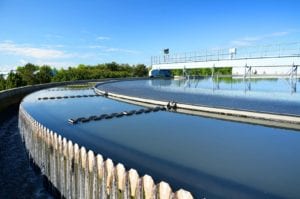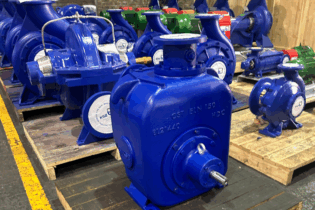The Knysna Municipality says it is concerned that chemical contamination rates at its wastewater treatment plant have not decreased since they were first discovered in February.
Last month the municipality’s engineers discovered that a chemical contamination within the tanks of it wastewater treatment works had caused bacterial levels to fluctuate. Once the problem was identified the Knysna Municipality, joined by the Garden Route District Municipality and a Consultant, worked tirelessly to correct the bacteria levels to prevent contamination of the Knysna Estuary and to find the source of the harmful substance that resulted in the natural bacteria in the municipality’s tanks dying off in the first place.Levels of pollution too high
“Our engineers are monitoring the situation closely and the readings are showing that the levels of oil and grease in the system are at a record high,” the municipality says.“The normal readings are usually between 1 and 10 mg/L and over the last few weeks; readings of up to 836 mg/L were recorded. These types of chemicals kill the good bacteria introduced to balance the e. Coli levels in the water before it is released and as a result of the above, the latter has increased significantly,” it explains.








